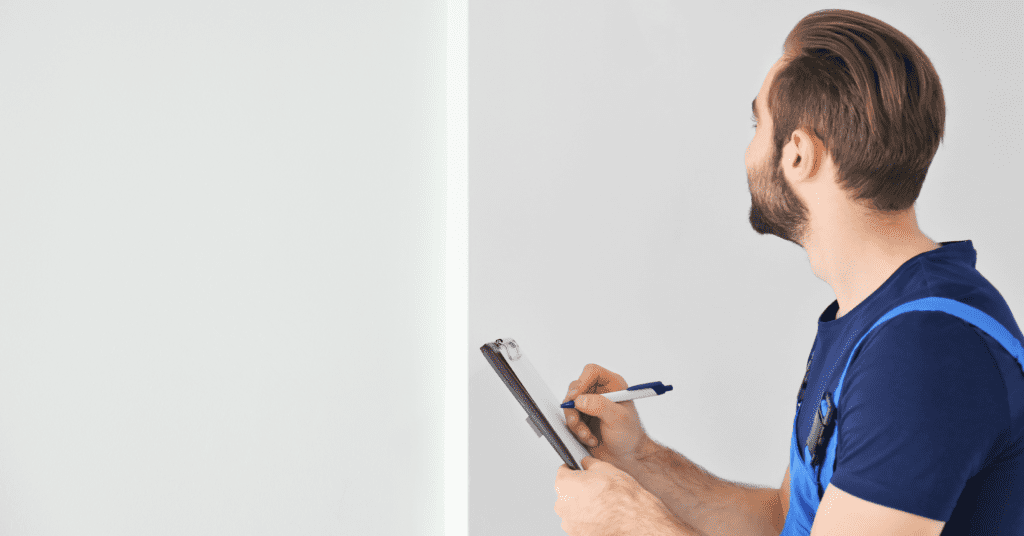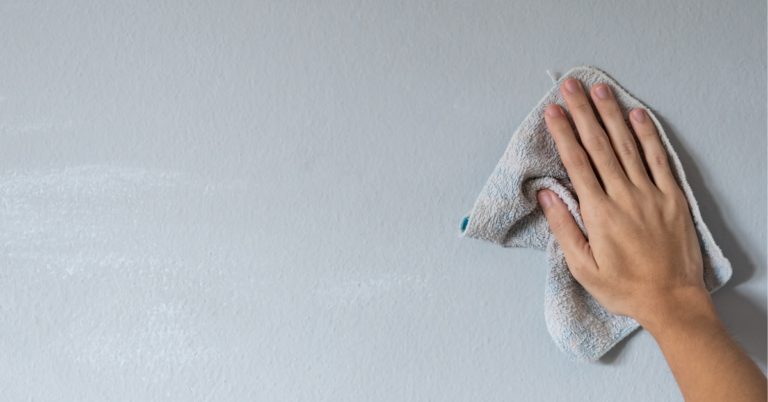Maintaining painted surfaces, whether in your home or workplace, is crucial for preserving their beauty and extending their lifespan. Regular cleaning and timely touch-ups not only keep the paint looking fresh but also protect the surfaces from damage. Here are some essential tips for cleaning and maintaining your home’s exterior, interior walls, doors, and trims effectively.
Cleaning Painted Surfaces: What Works Best?
1. Regular Dusting
Regular dusting is an essential step in maintaining painted surfaces. Before tackling any stains or marks, use a dust brush or cheesecloth to remove loose dust particles from the surface. This simple tip can significantly extend the lifespan of your paint job.
2. Gentle Washing
For more thorough cleaning, wash the walls annually or as needed. Use a soft sponge or cloth dipped in a solution of mild detergent and warm water. Avoid using harsh chemicals or abrasive tools, as they can damage the paint finish. Gently wipe the surface in a circular motion and immediately dry with a clean cloth to avoid watermarks.
3. Spot Cleaning
Immediately address any spills or marks. Blot stains gently rather than rubbing to prevent paint from wearing off. For stubborn stains, a mixture of baking soda and water can be applied gently before wiping away.
4. Dealing with Mold and Mildew
Bathrooms and kitchens are prone to mold due to higher moisture levels. Using a dehumidifier or improving ventilation can prevent mold growth. Bathrooms require special consideration due to higher moisture levels. What type of paint should you use in a bathroom to ensure longevity and mold resistance? For existing mold, use a solution of bleach and water (one part bleach to three parts water), apply it to the affected area, let it sit for a few minutes, and then rinse thoroughly.
Cleaning Frequency
Maintaining the appearance and longevity of painted surfaces requires different cleaning frequencies for interior and exterior areas. Interior surfaces in low-traffic areas like bedrooms may need dusting every three to six months and a thorough cleaning annually, while high-traffic zones like kitchens and living rooms benefit from monthly dusting and bi-annual washing.
Exterior surfaces face harsher conditions and should generally be cleaned annually to remove accumulated grime and inspect for damage. Cleaning exterior surfaces thoroughly before painting is crucial for proper paint adhesion. Should I power wash my house before painting it explores the benefits and techniques. Additionally, exterior areas prone to dirt, such as those near vegetation, may require seasonal cleaning. Regular inspections and immediate spot cleaning of both interior and exterior surfaces help prevent long-term damage and maintain their pristine condition.
Touch-Ups and Repairs

Preparing the Area
Before doing any touch-ups, clean the area thoroughly and ensure it’s dry. Use fine-grit sandpaper to smooth out any rough spots or flaking paint.
Paint Matching
Always keep some leftover paint from your initial job for touch-ups. If you don’t have the original paint, take a small chip of the paint to your local hardware store to get a close match.
Application
Use a small brush or roller for touch-ups to blend the new paint with the old. Apply thin coats rather than a single thick coat to achieve a more seamless finish. Selecting the right color for your home can be challenging. How to test out paint colors before painting your home helps you visualize the end result and avoid costly mistakes.
Avoid Sun Damage
UV rays can fade painted surfaces over time. Use curtains or UV-blocking window films to protect your interiors from direct sunlight.
Furniture and Fixtures
Keep furniture, curtains, and other items slightly away from painted walls to avoid constant rubbing which can lead to paint wear.
Sealing
In high-traffic areas or where walls frequently get touched, consider a clear sealant over the paint. This adds a layer of protection and makes cleaning easier.
Scheduled Maintenance

Inspect Regularly
Walk through your space regularly to check for any signs of peeling, cracking, or staining. Early detection can make maintenance easier and prevent more extensive repairs. It’s important to assess the quality of a completed paint job. How do I know if my painter did a good job covers key aspects to check for a professional finish.
Professional Help
For large, difficult areas or exterior paint jobs, consider hiring professionals like All Painting for a more thorough and durable application.
Conclusion
Maintaining painted surfaces is not just about aesthetic appeal but also about preserving the material integrity of your spaces. Regular cleaning, timely touch-ups, and preventive measures will ensure that your painted surfaces remain vibrant and durable for years to come. Always follow the paint manufacturer’s guidelines for specific care instructions, and use products designed for painted surfaces to avoid damage during maintenance. Skipping preparation steps before painting can lead to poor results and reduce the lifespan of the paint job. What happens when you skip painting prep explains the risks involved.

To ensure the best results and prolong the life of your painted surfaces, trust the experts in your area. Our professional painters at All Painting Ltd. are available across multiple locations to provide top-notch service and advice. have you covered. Transform your space with the help of our dedicated Maple Ridge painters, Langley painters, Richmond painters, New Westminster painters, West Vancouver painters, North Vancouver painters, Port Coquitlam painters, Coquitlam painters, Port Moody painters, Surrey painters, Burnaby painters, and Vancouver painters today!

